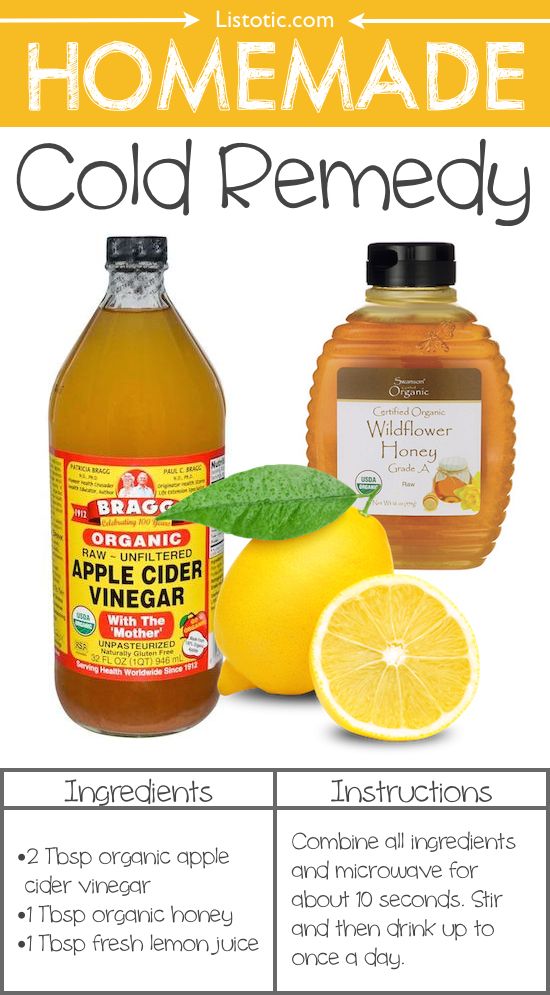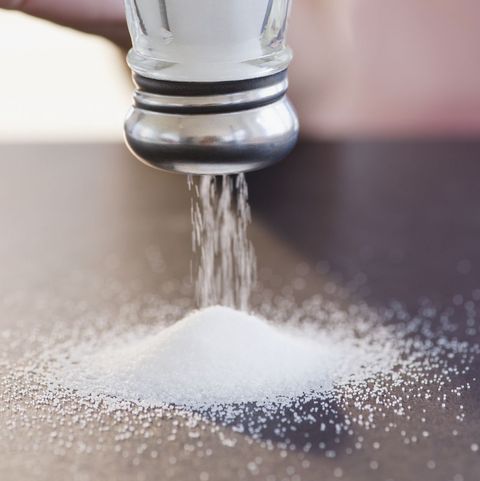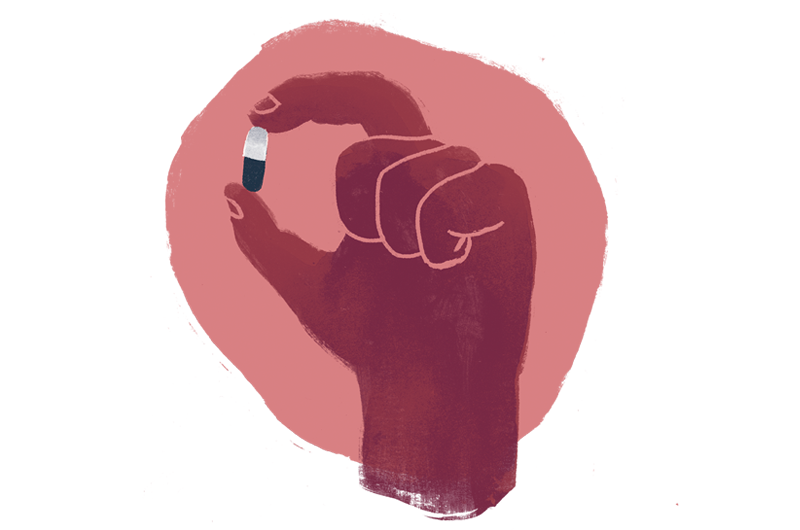
There are many home remedies that can be used to treat colds and flu. Vicks VapoRub (vitamin C), chicken soup, and Vicks VapoRub are all good options. Also, you can gargle with salt water. If none of these remedies work, you can try the suggestions below. They might work for your situation! They may work for you, but make sure they are useful! Here are some tips:
Chicken soup
Chicken soup is an effective home remedy for flu symptoms. It is rich in a compound called carnosine that reduces inflammation in the upper respiratory tract and stops the migration white blood cells. Chicken soup can have long-lasting beneficial effects. It can protect you from getting a cold or flu. Of course, chicken soup can be a great remedy for both colds or flu.
Vicks VapoRub
Vicks VapoRub can be used to treat colds and flu symptoms in children. You don't have to take prescription drugs to treat your child's symptoms. There are many things you can do at-home to alleviate their symptoms. A survey by the World Health Organization found that 64% of respondents believe antibiotics can treat viral infections. It is not true. Antibiotics don't fight viruses, they only fight bacteria.

Vitamin C
While vitamin C supplements can help prevent the onset of cold and flu symptoms, they are not a cure for the illness. Many studies show that vitamin C supplements can reduce flu symptoms by upto a day-and-a-half. Similar effects can be seen with other natural supplements like garlic and zinc. Below are links to more information on home remedies. You should also consult your physician if symptoms persist.
Gargling using salt water
Gargling salt water with a sore throat is an old-fashioned way to ease it. Salt helps to draw out fluid from the throat tissue, which can ease the discomfort and accelerate the healing process. Because tap water can often contain chlorine, which can cause a weakening of the immune system, it is best to use salt water. However, gargling can be a great way to ease a sore neck.
Drinking lots of fluids
Drinking plenty of fluids when you are sick is one of your best options to improve your overall well-being. Drinking lots of fluids will loosen the mucus in your nose and help with congestion. Your body is best able to fight off the cold virus when it is well hydrated. But, how do you know which fluids are the best? Here are some guidelines.

Zinc nasal spray
Research has shown that zinc can reduce the duration of colds and help prevent them. Zinc plays an important role in immune system function. It helps prevent infection and aids tissue repair. Zinc can also help shorten the duration of colds by inhibiting cold viruses' ability to grow on the lining of the nose. Zinc nasal spray is effective in reducing the duration of colds. However, some experts question its effectiveness.
FAQ
Are there 5 ways to have a healthy lifestyle?
Living a healthy lifestyle includes eating right, exercising regularly, getting enough sleep, managing stress, and having fun! Eating well means avoiding processed foods, sugar, and unhealthy fats. Exercise helps burn calories and strengthens muscles. Sleeping enough can improve memory and concentration. Stress management can reduce anxiety and depression. Fun is key to staying young and vibrant.
What are 10 healthy habits?
-
Breakfast is a must every day.
-
Don't skip meals.
-
You should eat a balanced diet.
-
Get plenty of water.
-
Take care to your body.
-
Get enough sleep.
-
Avoid junk food.
-
Do some type of exercise daily.
-
Have fun!
-
Meet new people.
Do I need calories to count?
It is possible to wonder "What diet is best for me?" or "is counting calories necessary?" Well, the answer depends on several factors including your current health status, your personal goals, your preferences, and your overall lifestyle.
The Best Diet - Which One Is Right To You?
My personal health, goals and preferences as well as my lifestyle determine which diet is best for me. There are many good and bad diets. Some diets work for some people, while others are not. So what do I do? How can I make the right choice?
This article aims at answering these questions. This article begins with a brief overview of the various types of diets that are available today. Then, the pros and cons of each type of diet are discussed. Finally, we'll look into how to choose the best one for you.
Let's start by taking a look at the various types of diets.
Diet Types
There are three types of diets available: ketogenic, high-protein, and low fat. Let's look at each one briefly.
Low Fat Diets
A low-fat diet restricts fat intake. This is accomplished by decreasing the intake of saturated fats such as butter and cream cheese. You can replace them with unsaturated oils (olive oil and avocados) For those looking to lose weight quickly, a low-fat diet is often recommended. This type of diet can lead to constipation and heartburn as well as indigestion. A person may also experience vitamin deficiencies if they don't get enough vitamins.
High Protein Diets
High protein diets reduce carbohydrates to favor of proteins. These diets have higher protein levels than other diets. These diets are designed to build muscle mass and help you burn more calories. The downside is that they may not provide adequate nutrition for someone who needs to eat regularly. They may also be too restrictive and not suitable for everyone.
Ketogenic Diets
Ketogenic diets can also be known as keto diets. They are high-fat and low in carbs and protein. Athletes and bodybuilders use them because they allow them more time and harder training without feeling fatigued. However, they must be used with caution to avoid nausea, headaches and fatigue.
How can I live the best life possible every day?
Find out what makes YOU happy. This is the first step in living a life that you love. Once you have a clear understanding of what makes you happy you can go backwards. Asking others about their lives can help you to see how they live the best life possible.
You can also find books such as "How to Live Your Best Life" written by Dr. Wayne Dyer. He talks about finding happiness and fulfillment in all aspects of our lives.
How much should I weigh for my height and age? BMI chart & calculator
To determine how much weight loss you need, a BMI calculator is your best friend. The range of a healthy BMI is between 18.5- 24.9. Aim to lose 10 pounds per month if your goal is to lose weight. Simply enter your height, weight and desired BMI into the BMI calculator to calculate it.
To see if you're overweight or obese, check out this BMI chart.
Why does weight change as we age?
How do I know if my bodyweight changes?
If there are less calories than muscle mass, then weight loss is possible. This means that the amount of calories consumed must exceed the amount of energy used daily. Reduced activity is the leading cause of weight gain. Other factors include stress, illness and pregnancy. Weight gain is when there are more calories than muscle mass. This happens when people consume more calories than they burn during the day. Common reasons include overeating, increased physical activity, and hormonal changes.
The primary reason we lose weight is that we consume less calories than what we burn. By exercising regularly, our metabolism rates increase which in turn burns more calories during the day. But this doesn't guarantee that we'll lose weight. All that matters is whether we're losing weight or gaining muscles. If we're burning more calories that we consume, we'll lose weight. If we consume more calories that we burn, we are actually storing them in fat.
As we age, we become less agile and don't move as often. We also tend not to eat as much food as we used to when we were younger. Also, we are more likely to gain weight. On the other hand, we have more muscle mass and look larger than we actually are.
Without weighing yourself each week, there is no way to know how much weight you have lost. There are many methods to measure your weight. You can measure your waist, hips and thighs as well as your arms. Some people prefer using bathroom scales and others prefer tape measure.
To track your progress, weigh yourself once a week. Measure your waistline once per month. To track your progress, you can also take photos every few months of yourself to see how far it has come.
You can also find out how much you weigh by looking up your height and weight online. If you're 5'10' tall and weigh 180lbs, you'd likely weigh 180lbs.
Statistics
- nutrients.[17]X Research sourceWhole grains to try include: 100% whole wheat pasta and bread, brown rice, whole grain oats, farro, millet, quinoa, and barley. (wikihow.com)
- According to the 2020 Dietary Guidelines for Americans, a balanced diet high in fruits and vegetables, lean protein, low-fat dairy and whole grains is needed for optimal energy. (mayoclinichealthsystem.org)
- WHO recommends consuming less than 5% of total energy intake for additional health benefits. (who.int)
- According to the Physical Activity Guidelines for Americans, we should strive for at least 150 minutes of moderate intensity activity each week (54Trusted Source Smoking, harmful use of drugs, and alcohol abuse can all seriously negatively affect your health. (healthline.com)
External Links
How To
What does the term "vitamins" mean?
Vitamins are organic substances found naturally in food. Vitamins allow us to absorb nutrients from food. Vitamins cannot be made by the body; they must be taken from food.
There are two types vitamins: water soluble or fat soluble. Water-soluble vitamins dissolve quickly in water. Examples include vitamin C,B1 (thiamine), B2 (riboflavin), B3 (niacin), B6 (pyridoxine), folic acid, biotin, pantothenic acid, and choline. Fat-soluble vitamins can be stored in the liver or in fatty tissue. Some examples include vitamin D and E, K, A and beta carotene.
Vitamins can be classified according to biological activity. There are eight major types of vitamins:
-
A – Essential for normal growth, and the maintenance of good health.
-
C is important for nerve function and energy production.
-
D - Essential for healthy teeth and bones.
-
E is required for good vision and reproduction.
-
K - Essential for healthy muscles and nerves.
-
P - essential for strong bones, teeth and tendons
-
Q – aids digestion of iron and iron absorption
-
R - necessary for making red blood cells.
The recommended daily allowance (RDA) of vitamins varies depending on age, gender, and physical condition. The U.S. Food and Drug Administration (FDA) sets the RDA values.
For adults 19 years and over, the RDA of vitamin A is 400mg per day. Because it is essential for the development of the fetus, pregnant women should consume 600 micrograms per daily. Children ages 1-8 require 900 micrograms per day. For infants younger than one year, 700 micrograms are required daily. However, this number drops to 500 micrograms each day for children aged 9-12 months.
Children between the ages of 1-18 need 800 micrograms per daily for obesity, while children overweight require 1000 micrograms. Children underweight or obese will need 1200 mg per day.
Children 4-8 years old who have anemia must consume 2200 micrograms of Vitamin C daily.
Adults over 50 years of age need 2000 micrograms per day for general health. Breastfeeding or pregnant women require 3000 micrograms per daily due to higher nutrient demands.
Adults over 70 years of age need 1500 micrograms per day since they lose about 10% of their muscle mass each decade.
Women who are pregnant or nursing need more than the RDA. Pregnant women need 4000 micrograms per dayduring pregnancy and 2500 micrograms per day after delivery. Breastfeeding mothers need 5000 micrograms per day when breast milk is being produced.